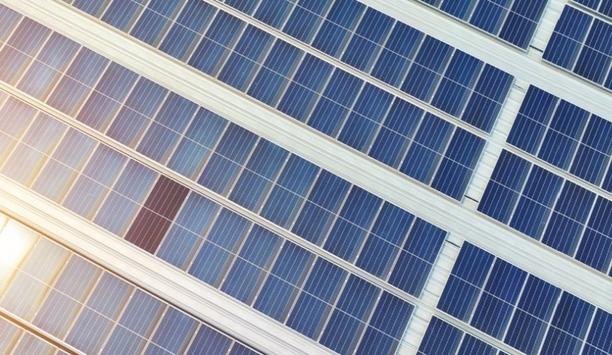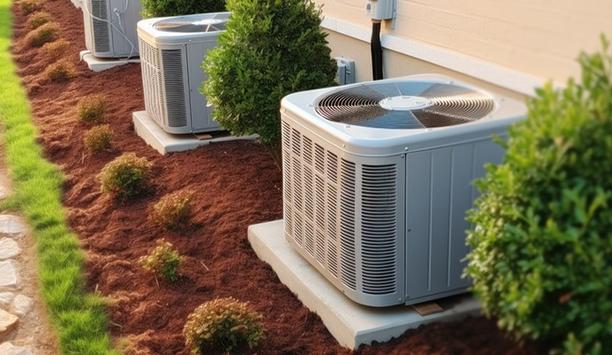Membranes made of an organic material called polyimides, which are then treated to become hydrophilic, provide a promising approach to developing dehumidifiers that could eventually bring down the price of HVAC systems and make them more environmentally friendly.
Research at Texas A&M University’s College of Engineering describes how the polyimide material could be used to dry environmental air using less energy.
Triggering Hydrolysis
Polyimides are made of chains of repeating, ring-shaped molecules that connect to provide high rigidity and tolerance to heat and chemicals. Texas A&M researchers found that treating a polyimide film with a highly concentrated sodium hydroxide solution triggers hydrolysis, thus breaking down the molecular groups to form water-attractive percolation channels. In effect, researchers enhanced the dehumidification efficiency of the polymer.
The resulting hydrophilic film can extract excess moisture from the air by trapping it and later releasing it into a vacuum pump. Researchers report their findings in the Journal of Membrane Science.
Intermolecular Forces
Refrigerants cool the air and reduce its ability to carry water, Zeolites are another alternative for dehumidification “The strength of polyimides comes from their intermolecular forces between the chains,” said Hae-Kwon Jeong, Professor of Chemical Engineering at Texas A&M. “If too many imides are hydrolyzed, then we are left with a weak material. On the other hand, if the hydrolysis is too low, the material won’t be effective at dehumidification,” he told Texas A&M Today.
In other words, it’s a balancing act between two extremes to optimize a material that is both strong and adequately hydrophilic. Experiments focused on partial hydrolysis wherein a controlled number of imide groups became hydrophilic.
Refrigerants And Zeolites
Currently, the most common materials used in dehumidifiers are refrigerants, which cool the air and reduce its ability to carry water. The downside is that refrigerants are a source of greenhouse gases, an element in global warming.
Zeolites are another alternative for dehumidification. These naturally occurring desiccants absorb moisture within their water-attractive pores. However, zeolites are expensive to synthesize and have weak structural properties. Even after hydrolyzation, polyimide membranes still trail zeolites in their dehumidification potential.
In contrast, polyimides are stronger and tolerant to heat and chemicals. However, hydrolysis treatment is needed to increase their moisture-absorbing properties. In testing the material, scientists found that the membranes could be operated continuously without the need for regeneration.
Affordable Technology
“This is a new approach to improve the property of a polymer for dehumidification, and a lot more optimizations need to be done in order to further enhance the performance of this membrane,” said Jeong.
“But another key factor for engineering applications is that it has to be cheap, especially if you want the technology to be reasonably affordable. We are not there yet but are certainly taking strides in that direction.”







































